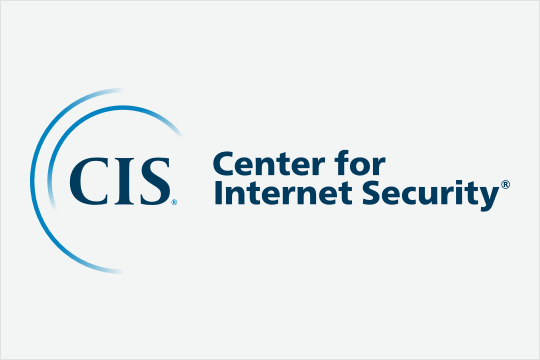Advisories
The latest information on known vulnerabilities in popular software and systems
1 - 10 of 215 results
Issued on 07.23.2024
2024-084: Multiple Vulnerabilities in Google Chrome Could Allow for Arbitrary Code ExecutionMultiple vulnerabilities have been discovered in Google Chrome, the most severe of which could allow for arbitrary code execution. Successful exp...
Issued on 07.22.2024
2024-083: A Vulnerability in Cisco Secure Email Gateway Could Allow for Remote Code ExecutionA vulnerability has been discovered in Cisco Secure Email Gateway that could allow for remote code execution. Cisco Secure Email Gateway is an em...
Issued on 07.18.2024
2024-082: Oracle Quarterly Critical Patches Issued July 16, 2024Multiple vulnerabilities have been discovered in Oracle products, the most severe of which could allow for remote code execution.
Issued on 07.17.2024
2024-081: Multiple Vulnerabilities in Google Chrome Could Allow for Arbitrary Code ExecutionMultiple vulnerabilities have been discovered in Google Chrome, the most severe of which could allow for arbitrary code execution. Successful exp...
Issued on 07.09.2024
2024-079: Multiple Vulnerabilities in Adobe Products Could Allow for Arbitrary Code ExecutionMultiple vulnerabilities have been discovered in Adobe products, the most severe of which could allow for arbitrary code execution.
Adobe Premie...
Issued on 07.09.2024
2024-080: Multiple Vulnerabilities in Mozilla Products Could Allow for Arbitrary Code ExecutionMultiple vulnerabilities have been discovered in Mozilla products, the most severe of which could allow for arbitrary code execution. Mozilla Fir...
Issued on 07.09.2024
2024-077: A Vulnerability in OpenSSH Could Allow for Remote Code ExecutionA vulnerability has been discovered in OpenSSH that could allow for remote code execution. OpenSSH is a suite of secure networking utilities base...
Issued on 07.09.2024
2024-078: Critical Patches Issued for Microsoft Products, July 09, 2024Multiple vulnerabilities have been discovered in Microsoft products, the most severe of which could allow for remote code execution in the contex...
Issued on 07.01.2024
2024-076: A Vulnerability in OpenSSH Could Allow for Remote Code ExecutionA vulnerability has been discovered in OpenSSH, which could allow for remote code execution. OpenSSH is a suite of secure networking utilities ba...
Issued on 06.25.2024
2024-075: Multiple Vulnerabilities in Progress MOVEit Products Could Allow for Authentication BypassMultiple vulnerabilities have been discovered in MOVEit products, which could allow for authentication bypass.
MOVEit Gateway acts as a proxy b...
Explore Related Cybersecurity Solutions

Safeguard IT systems against cyber threats with more than 100 configuration guidelines across more than 25 vendor product families.
Learn MoreProtect your organization from cyber-attacks with globally recognized CIS Controls, companion guides, and mappings.
Learn MoreCIS CyberMarket
Learn MoreCIS Hardened Images
Learn MoreCIS SecureSuite
Learn MoreCIS Services
Learn MoreAccess resources for threat prevention, protection, response, and recovery for U.S. State, Local, Tribal, and Territorial (SLTT) government entities.
Learn MoreAccess resources for threat prevention, protection, response, and recovery for U.S. State, Local, Tribal, and Territorial (SLTT) government entities.
Learn More